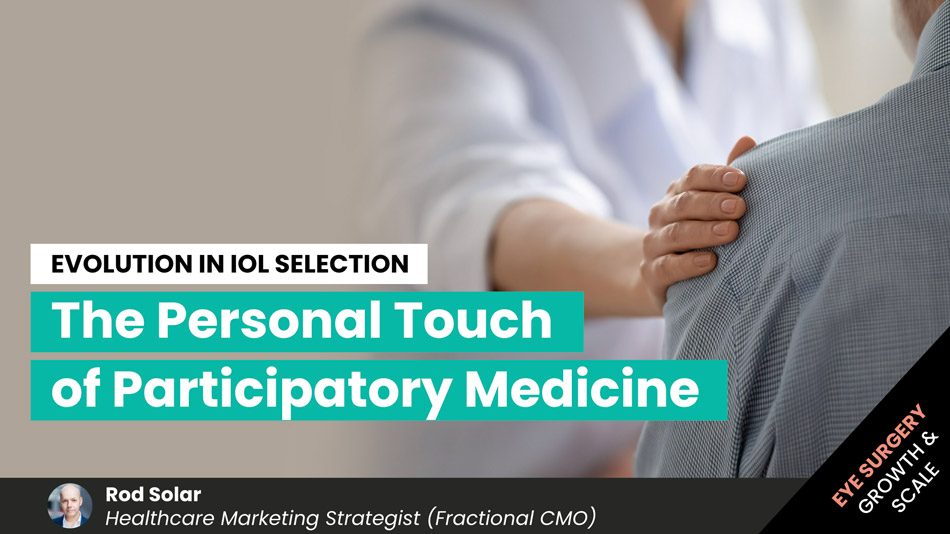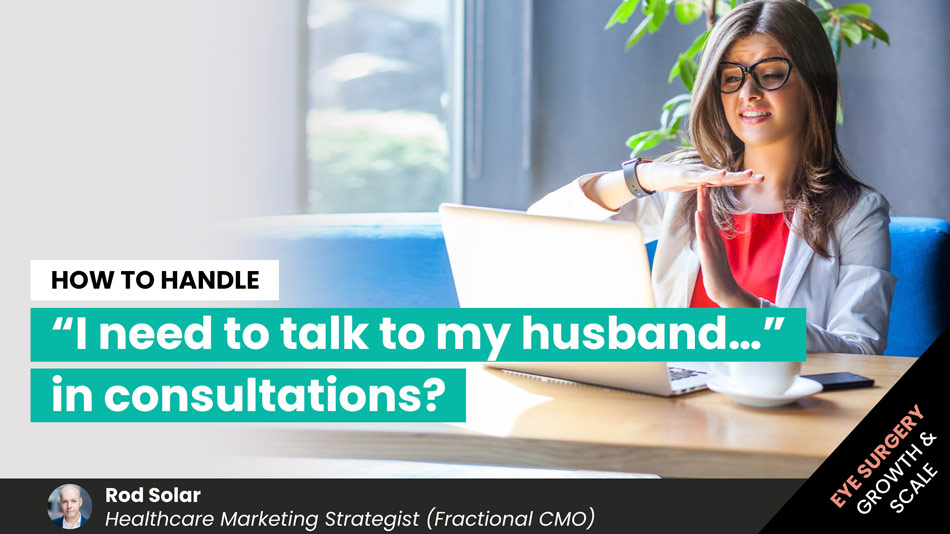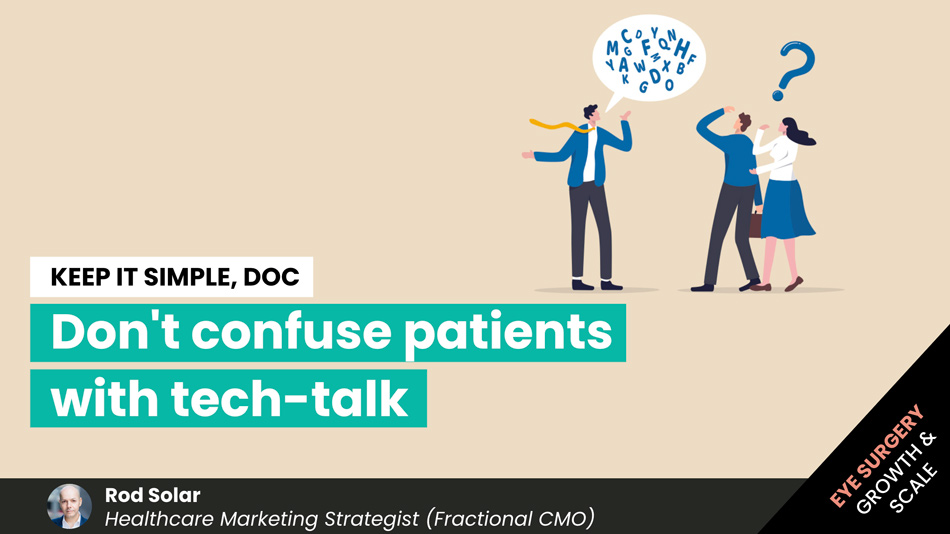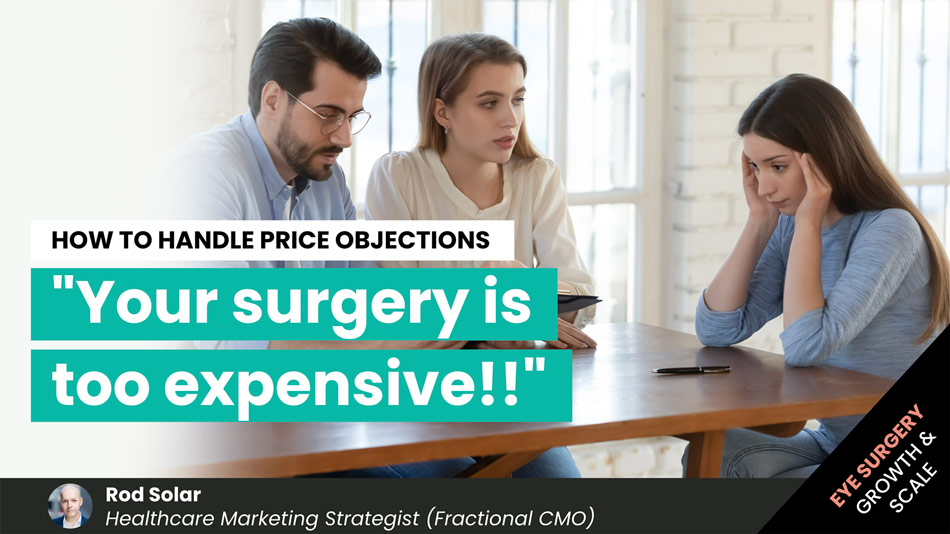Healthcare Consultations: Elements of the intent statement (part 2)
In case you’ve joined us in our healthcare consultation sales discussion midstream, we’re talking about intent statements, and the elements that make a good one.
As you may recall from our last post on the first three elements of a good intent statement (the agenda, the empathy statement and setting up the discovery), this stage of the process is a crucial turning point in the consultation that marks the conclusion of the warm-up chit-chat, and signals to the client that we are getting down to business.
The amazingly powerful takeaway (and I’m not talking about the curry around the corner) in consultation sales
If you’re like almost everyone on the planet, you’ve had the unpleasant experience of being romantically interested in someone who just wasn’t into you.
Whenever I feel a prospect pulling away, I employ an artful takeaway. Eight times out of ten, if the prospect really has any sliver of interest in what I’m proposing, they come back to me.
One of my earliest (of too many to mention) recollections of this situation was this girl I knew in school who I will call Jenah. Jenah was a very attractive 17-year-old with eyes as big as Jolly Ranchers. Make no mistake, this girl could have and should have been on magazine covers.
Frustratingly, she had the power to switch from friendly curiosity at one moment to complete disinterest in my existence the next.
And it wasn’t only me. Interestingly, she played this ambiguous game with more than a few guys I knew. Curiously, we couldn’t get enough of it. The more disinterested she seemed, the more interested we’d become. And just at the point when we’d start to lose hope, she’d again become friendly as if we now had suddenly become intriguing again!
Jenah was, in a phrase, attractive yet elusive. You see, she knew from a very early age the art that many women the world over become expert at: “the art of playing hard to get”.
And, whether it comes to people, or many other things we become interested in, we want most what we can’t have, but have some sliver of hope in acquiring.
Which leads me to the artful takeaway… You see, it’s so much more than a technique, it’s an attitude. It’s the art of being attractive yet elusive.
One of the best arrows in our quiver of sales techniques is the takeaway. Sometimes called “negative selling” or “reverse psychology”, the takeaway is actually “un-selling” the product or service, in order to take pressure off the prospect and provide the illusion of control.
A good takeaway takes the pressure off our clients, allowing them to listen, to feel safe, to open up throughout the consultation. A takeaway, in a way, lets them off the hook, and completely reduces the tension.
A good takeaway says something like:
“Laser eye surgery isn’t for everyone, it may not be for you, but over 20 million people have found it to fit their needs.”
Or:
“I don’t even know if you’re really suitable for the treatment, so I’m going to ask you a few questions to see if we have anything for you.”
A well-timed takeaway should significantly reduce the prospect’s tension and open them up in the discovery. A takeaway is especially powerful when we’re blocked in the discovery or at the end of our consultations.
Whenever I feel a prospect pulling away, I employ an artful takeaway. Eight times out of ten, if the prospect really has any sliver of interest in what I’m proposing, they come back to me. Often, their response will take the form of justifications for why they actually want the product after all, and how it might suit them. The more I un-sell, the more they sell themselves.
I use this technique in cold calls, follow-ups, cancellation calls, sales meetings, and even during training. It works almost every time.
However, the three basic rules of a takeaway must be used if you’re going to use one at all:
- If you take it away, make sure to give it back
- A takeaway must have the overall tone of empathy and sincerity
- A takeaway must be used throughout the presentation, or not at all
The statement of expectations in consultation sales
The fifth element of the intent statement is the statement of expectations. The purpose of this statement is to state clearly what the expectations are and get confirmation from prospects that those expectations are agreeable.
- Will they receive an incentive if they put an initial investment down today?
- Do they have some time to mull it over?
- Do we expect them to make a choice today?
If you want your prospects to make a choice on the day (considering that their chance of converting depreciates dramatically the moment they leave the consultation), clarifying these issues in advance will enable the prospect to carefully consider what they are about to hear during the consultation, as opposed to saving their questions for another time.
Then, when you do ask them to make some kind of commitment, they aren’t surprised. They’ll be expecting that you were going to ask for the commitment, because you told them you would. This “early warning” goes a considerable way towards getting a “yes”, or a clear “no” (either which is fine by me by the way), and leads to a dramatically fewer dreaded “maybe’s”.
In a future post, I’ll provide some examples of good intent statements that work in elective health care consultations. The same statements we share with our training participants when we conduct our healthcare consultation skills training. Watch this space! Contact us to find out more.
Related Posts
Meet our Co-Founders
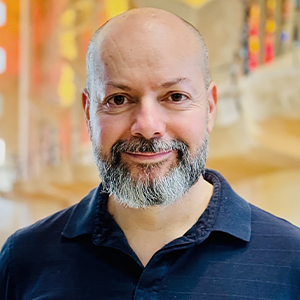
Rod Solar
Founder & Scalable Business Advisor
For over 20 years, I’ve helped ophthalmology entrepreneurs scale their private practices. I specialise in doubling revenue within three years by offering a proven framework, hands-on experience, and a team of experts who implement what works. We take the guesswork out of growth and scale, so you can focus on delivering exceptional patient care while maximising the value of your business.
LiveseySolar completely transformed the way we were approaching this… We’ve gone from having just the dream of having a practice to having a practice up and running with people making inquiries and booking for procedures… It’s extremely pleasing. We feel lucky we connected with LiveseySolar.
— Dr Matthew Russell, MBChB, FRANZCO, specialist ophthalmic surgeon and founder of VSON and OKKO

Laura Livesey
Founder & CEO
I’m the co-founder & CEO of LiveseySolar. I’ve developed powerful eye surgery marketing systems that increase patient volumes and profits for doctors, clinics, and hospitals, since 1997.
Rod and Laura know as much about marketing surgery to patients as I know about performing it. They are an expert in the field of laser eye surgery marketing. They know this industry inside out. I believe that they could help many companies in a variety of areas including marketing materials, sales training and marketing support for doctors.
— Prof. Dan Reinstein, MD MA FRSC DABO, founder of the London Vision Clinic, UK






